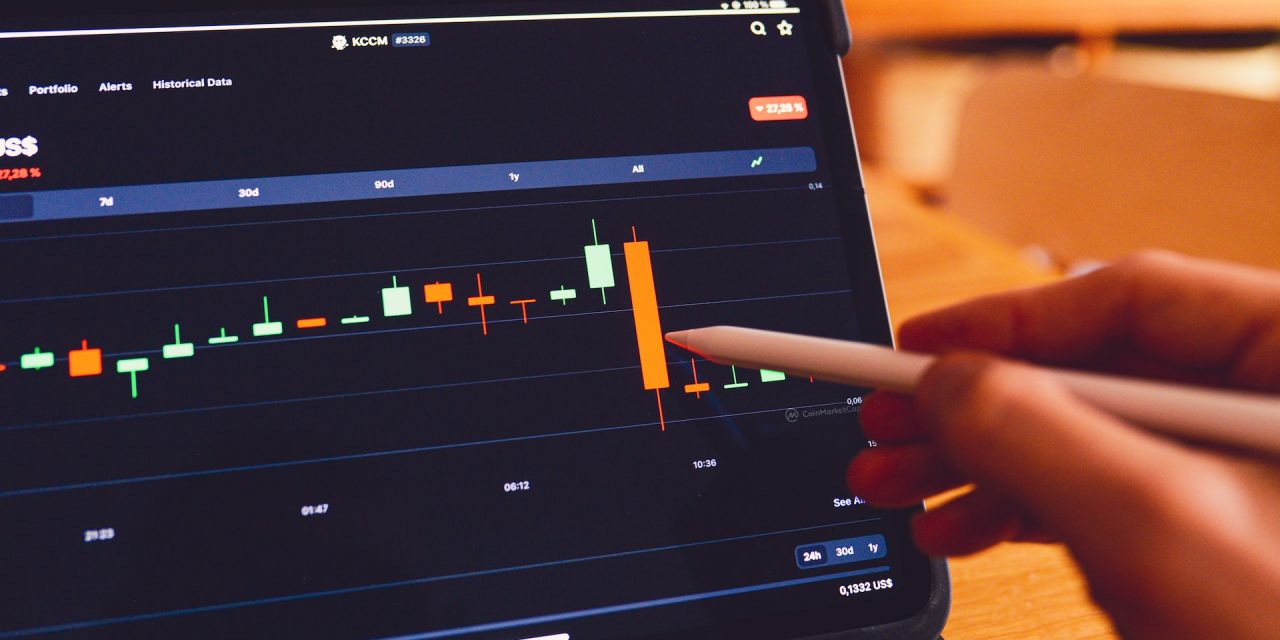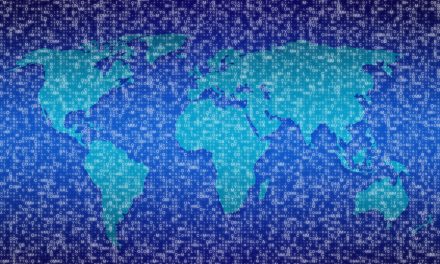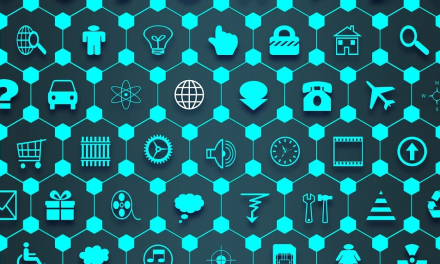Farmington – The Global Web 3.0 Blockchain Market Size Was USD 1.36 Billion In 2022 And Is Expected To Expand at a CAGR Of 44.9% From 2022 To 2030. Web 3.0 Web3, or Web 3.0, is a proposed new version of the World Wide Web that uses blockchain technology and includes decentralisation and blockchain economics. Today, Web 3.0 technology can be used in many different ways, such as for documentation, exchanges, digital identities, smart contracts, and more. This market will grow because more and more people want the above. The growing need for data privacy is expected to boost sales in the global web 3.0 blockchain market from 2021 to 2031. Decentralized Web 3.0 identity will help with this.
Recent Developments:
- In December 2021, India’s State Government of Telangana, CoinSwitch Kuber, and Lumos Labs announced the launch of India Blockchain accelerator to help blockchain entrepreneurs. As part of the accelerator, blockchain entrepreneurs who are chosen will be able to get government approval, help getting to market, grants, and mentoring. Selected participants will also have the chance to get pre-seed and seed investments from investment partners Lightspeed and WoodstockFund of USD 700,000 or more..
- In April 2022, KuCoin, the world’s largest cryptocurrency trading platform, and its venture firm KuCoin Ventures and KuCoin NFT Marketplace-Windvane have announced a USD 100 million “Creators Fund.” This fund will help arts, sports, PFPs, Asian culture, and games that are just starting out and need a place to grow. This fund will also invite the 99 best NFT creators to join the Windvane NFT marketplace, which will speed up the growth of Web 3.0.
Segment Analysis:
Blockchain Type Insights
In 2021, the public segment brought in more than 56.0% of all income. This segment is growing because people from all over the world can join public blockchain networks without any restrictions. In a public blockchain, anyone from anywhere in the world can join the network and read, write, and participate in the blockchain. Also, public blockchain offers high security, an open environment, full transparency, decentralisation, and better distribution.
Application Insights
In 2021, more than 25.0% of all income came from the cryptocurrency market. Rapid changes in technology, such as digitization and automation, have made businesses want more and more high-performance cryptocurrency transaction services. So, to keep up with the need for fast cryptocurrency transactions, many players around the world are using blockchain technology to make their transactions go smoothly. Things like those above are likely to drive growth in the segment.
End-use Insights
With a share of more than 33.0%, the BFSI segment brought in the most money in 2021. The banking and finance industry wants Web 3.0 blockchain more and more because it can be scaled, transactions happen faster, and processing costs go down. Also, transactions made possible by Web 3.0 blockchain technology get rid of the need for third-party payment gateways, which speeds up the way money is moved. Web 3.0 also lets insurance companies store their data in different places, which stops cybercrimes.
Regional Outlook:
In 2023, nearly 56.2% of the market will be in North America. This is because more people are using blockchain technology, trying out new ideas in a decentralised ecosystem, and putting more money into Web 3.0 startups that are on the cutting edge. During the period of the forecast, the region is expected to grow at a strong rate of 41.2% per year. In the 2023 fiscal year, the United States will make up 97.6% of the North American web 3.0 blockchain market. Europe will have the second-largest share of the market in 2023. This is because many industries that use web 3.0 blockchain technology, such as BFSI, media and entertainment, IT and telecom, e-commerce and retail, and others, will need more of it. Asia-Pacific will also be the world’s third largest market. This is because big companies in this area are putting more and more money into using blockchain technology. In the 2023 fiscal year, China will have 57.1% of the Asia-Pacific web 3.0 blockchain market.
The main parts of web 3.0 blockchain technology are artificial intelligence (AI), machine learning (ML), and blockchain technology. The web 3.0 blockchain is focused on keeping personal data safe and private, and it lets users store data in a decentralised way.
Blockchain is a part of web 3.0 that is based on decentralised technology. All transactions are clear and well-written because of this. Blockchain uses techniques for keeping track of information to make sure that users’ data is not changed or messed with. Blockchain technology for Web 3.0 makes the payment system more clear by making every transaction permanent and recordable. This helps users who are being checked out.
Market Opportunities:
In Web 3.0, blockchain is a technology that is quickly improving. IT has a lot of benefits for the end user, such as lower operational costs, faster speeds, less risk of cyberattacks, and more control over personal data. In the past few years, there have been many important technological advances, such as the use of blockchain technology in logistics and operations and the connection of blockchain to the Internet of Things.
Key Segments Covered:
Top Market Players:
Web3 Foundation (Polkadot), Helium Systems Inc., Ocean Protocol Foundation Ltd., Zel Technologies Limited., Kusama, Livepeer, Inc., Filecoin, Kadena LLC, Polygon technology, and others.
By Block chain Type
- Public
- Private
- Consortium
- Hybrid
- Other
By Application
- Cryptocurrency
- Conversational AI
- Data & Transaction Storage
- Payments
- Smart Contracts
- Others
By End-use
- BFSI
- Retail & E-commerce
- Media & Entertainment
- Pharmaceuticals
- IT & Telecom
- Others
Regions and Countries Covered
- North America: (US, Canada, Mexico, Rest of North America)
- Europe: (Germany, France, Italy, Spain, UK, Nordic Countries, Benelux Union, Rest of Europe)
- Asia-Pacific: (Japan, China, India, Australia, South Korea, Southeast Asia, Rest of Asia-Pacific)
- The Middle East & Africa: (Saudi Arabia, UAE, Egypt, South Africa, Rest of the Middle East & Africa)
- Latin America: (Brazil, Argentina, Rest of Latin America)
- Rest Of the World
Source: Contrive Datum Insights (CDI)





